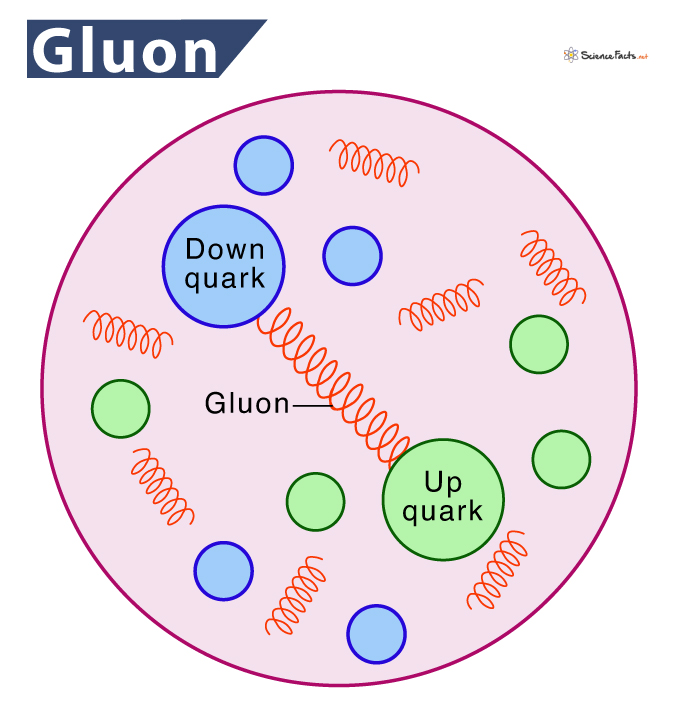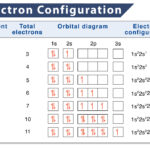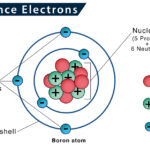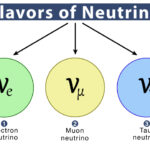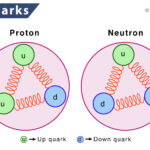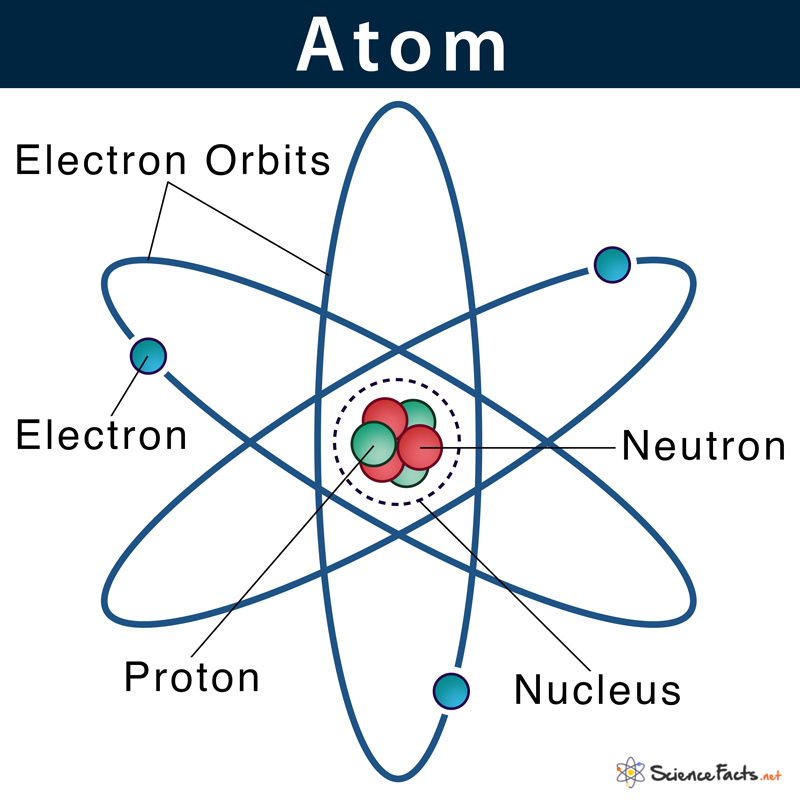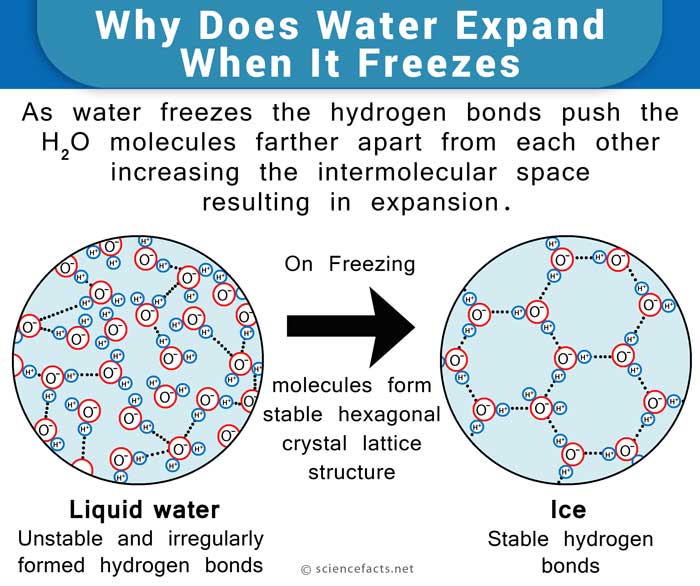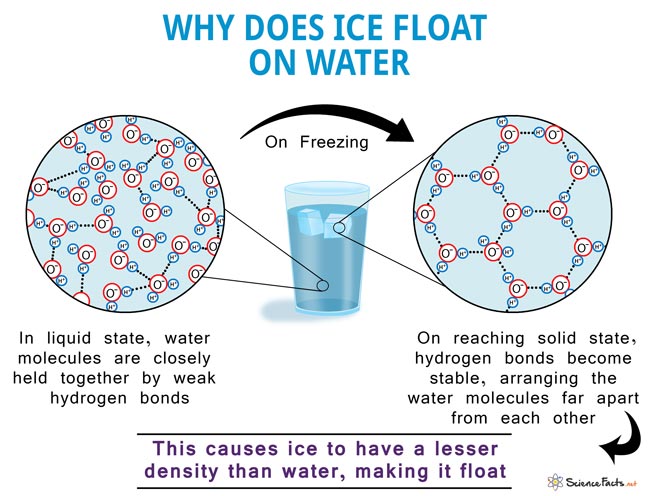Gluon
Gluons, along with quarks, are the building blocks of protons and neutrons, which are, in turn, the building blocks of atomic nuclei. Just like photons transmit electromagnetic force between two charged particles, gluons are the exchange particles between quarks. So, they are responsible for binding protons and neutrons together in atomic nuclei.
They are fundamental particles and thus cannot be broken down into smaller ones. They are named gluons because these particles function as the ‘glue’ that holds the nucleus and its constituent baryons together.
A Feynman diagram often represents gluon interactions. The emitted gluons are shown as helices that generate a color change for the quarks. They are assumed to be bi-colored, carrying a unit of color and a unit of anti-color. Gluons convert one color of the quark to the other and vice versa, as shown in the diagram below:
Common Properties of Gluons
- They have insignificant mass.
- They travel at the speed of light.
- Having a spin of 1, it is a type of vector boson.
- Like quarks, the gluons carry a strong charge known as color.
- They can interact with each other within their range of about a Fermi and produce virtual quark-antiquark pairs.
- Apart from having a positive or negative electric charge, they possess a property called color charge: positive and negative redness, greenness, and blueness. They are not actual colors but names given to them for their detection. For each color charge, there is an anti-color variant.
How are Gluons Involved in Forces within the Atom
Particles of matter transfer energy by exchanging force-carrying particles, known as bosons, with one another. Gluon being a type of boson, its primary role is to actively carry the strong forces that bind protons and neutrons in an atom.
The force connecting positive and negative color charges is a strong nuclear force. Much more potent than the three other fundamental forces: gravity, electromagnetism, and the weak nuclear forces. Because of such high nuclear forces, it is tough to separate quarks and gluons inside a composite particle, making the particle extremely stable.
The only way of separating is by creating a state of matter known as quark-gluon plasma. In such plasma, the density and temperature are very high, which allows protons and neutrons to melt.
-
References
Article was last reviewed on Friday, October 7, 2022

